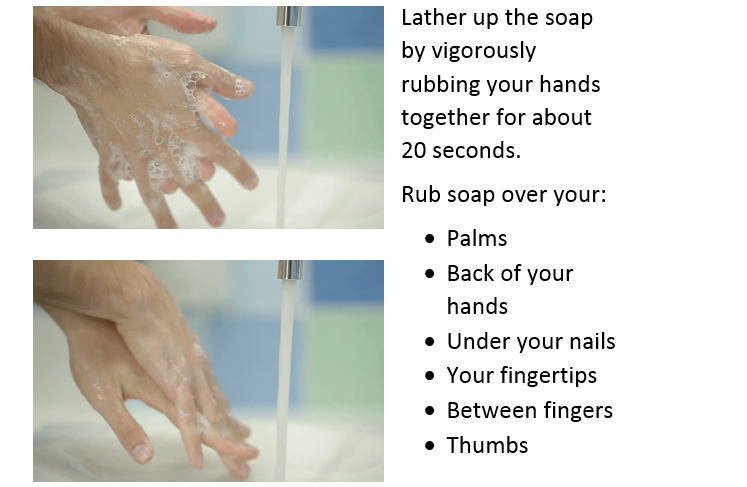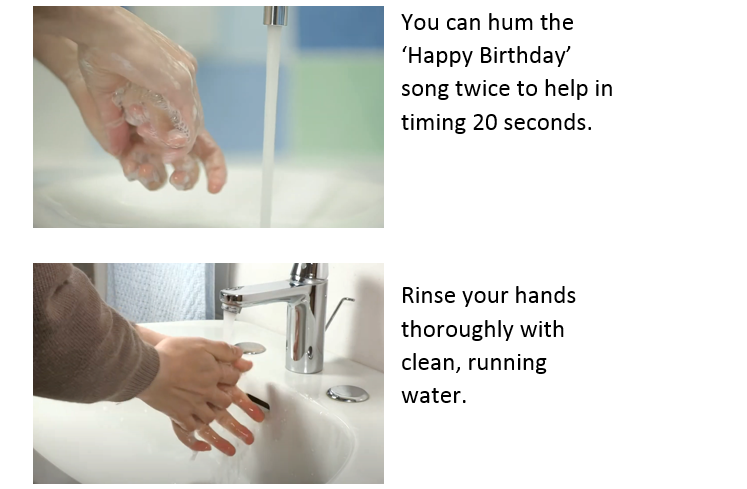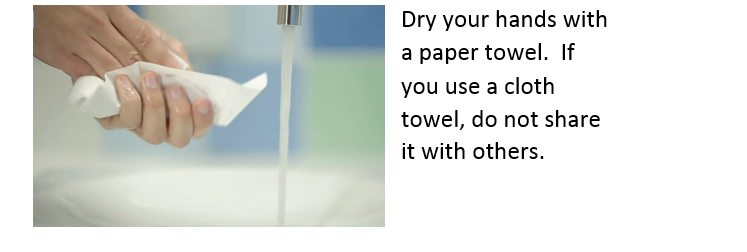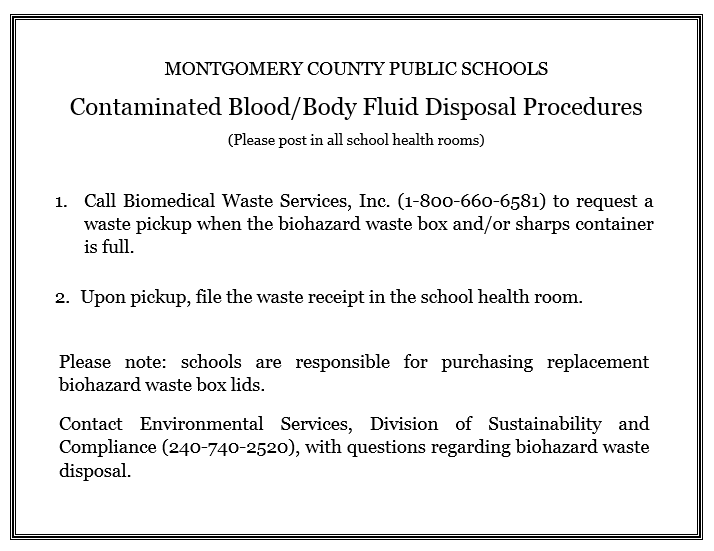 MONTGOMERY COUNTY PUBLIC SCHOOLS
MONTGOMERY COUNTY PUBLIC SCHOOLS
 MONTGOMERY COUNTY PUBLIC SCHOOLS
MONTGOMERY COUNTY PUBLIC SCHOOLS
Bloodborne pathogens are defined as pathogenic microorganisms that are present in human blood and can cause disease in humans. These pathogens include, but are not limited to, hepatitis B virus (HBV) and human immunodeficiency virus (HIV). All blood and other potentially infectious materials will be handled as if contaminated by bloodborne pathogens. When differentiation between body fluids (if they contain blood) is difficult or impossible, all body fluids will be considered potentially infectious materials.
Maryland Occupational Safety and Health (MOSH) Standard 29 CFR 1910.1030 requires employers to establish a control plan to eliminate or minimize employee exposure to bloodborne pathogens. Information from MCPS Bloodborne Pathogens Exposure Control Guidelines is provided below.
Information regarding individuals who have been diagnosed with HIV is confidential, and this information must remain confidential. It is a violation of one’s privacy to inform school staff, students, and/or the community of an individual who is HIV positive or who has auto immune deficiency syndrome (AIDS) without the permission from the individual, or in the case of a minor, permission from a parent/guardian.
Ensure employee notifies his/her supervisor immediately.
Mandated Bloodborne Pathogen Training
Annual online training must be completed by designated employees, including all teachers and other school-based employees, with the potential for occupational exposure to blood and other potentially infectious materials. Required online bloodborne pathogen exposure prevention courses are available through SafeSchools. When designated employees log in to their SafeSchools training home page, assigned safety courses will appear in the 'Mandatory Training' section. The online bloodborne pathogen courses replace all previous VHS and DVD-based training. Additional information about completing online training is available on the Online Safety Training page.
All employees required to receive bloodborne pathogen exposure prevention training are offered, but not required to receive, Hepatitis B vaccinations, at no cost. To receive the vaccine, employees must submit MCPS Form 230-32: Hepatitis B Virus Vaccination Authorization Form to Systemwide Safety Programs. After authorization is received, employees may contact the MCPS-contracted clinic listed below for vaccination. Employees who received vaccination 10 or more years ago from an MCPS-contracted clinic should make an appointment with this clinic to receive a titer test. This test will determine if a booster vaccination is necessary.
All employees required to receive bloodborne pathogen exposure prevention training who decline to receive the Hepatitis B vaccination are required to submit MCPS Form 230-31: Mandatory Hepatitis B Virus Vaccination Declination Statement to Systemwide Safety Programs for compliance with MOSH regulations.
Handwashing is a critical deterrent to the transmission of infectious organisms. Handwashing should be encouraged after using the toilet and immediately before eating. Handwashing is essential before and after any situation when hands might come in direct contact with blood, human or animal body secretions, and excretions. The importance of handwashing cannot be undermined by the belief that it is impractical. Adequate handwashing facilities must be available at all times. Good handwashing includes the following procedures:
When washing your hands, you can use any hand soap with clean water. Antibacterial soap is not needed, and any temperature water is okay. Hot water is not needed or recommended because it can cause excessive hand dryness. To wash your hands:




Biohazard Waste, Sharps Containers
Each school health room has a biohazard waste box and lid with red biohazard bag. A sign titled, Contaminated Blood/Body Fluid Disposal Procedures, is posted above the box (replacement signs may be downloaded here: Biohazard waste sign. Biomedical Waste Services (the MCPS contractor for biohazard waste removal) can be reached at 1-800-660-6581 to request a pickup when the biohazard container and/or sharps container is full. Division of Sustainability and Compliance pays for pick-up and replacement of biohazard boxes and sharps containers, but schools are responsible for purchasing replacement biohazard box lids.
All used medical sharps (including syringes, needles, lancets, auto injectors) must immediately be discarded in sharps containers. School employees with used sharps must work with their school health rooms to ensure safe disposal in sharps containers. Sharps must never be placed in the trash or toilets. Sharps must always be stored safely and securely - they may not be left in drawers, closets, cabinets, or other areas where they can cause injury.
If you have questions or need assistance related to biohazard waste boxes and sharps containers, please contact Mr. Brian Mullikin, Team Leader, Environmental Services, Division of Facilities Management, at 240-740-2520 or via e-mail.

Each secondary school health room has been provided a claw grabber tool for safely picking up used syringes. A video and informational document describing how to use the tool to pick up syringes are below.
2023 0317 Claw Grabber One Pager.pdf 
Non-Porous Surfaces (floors, walls, counter tops)